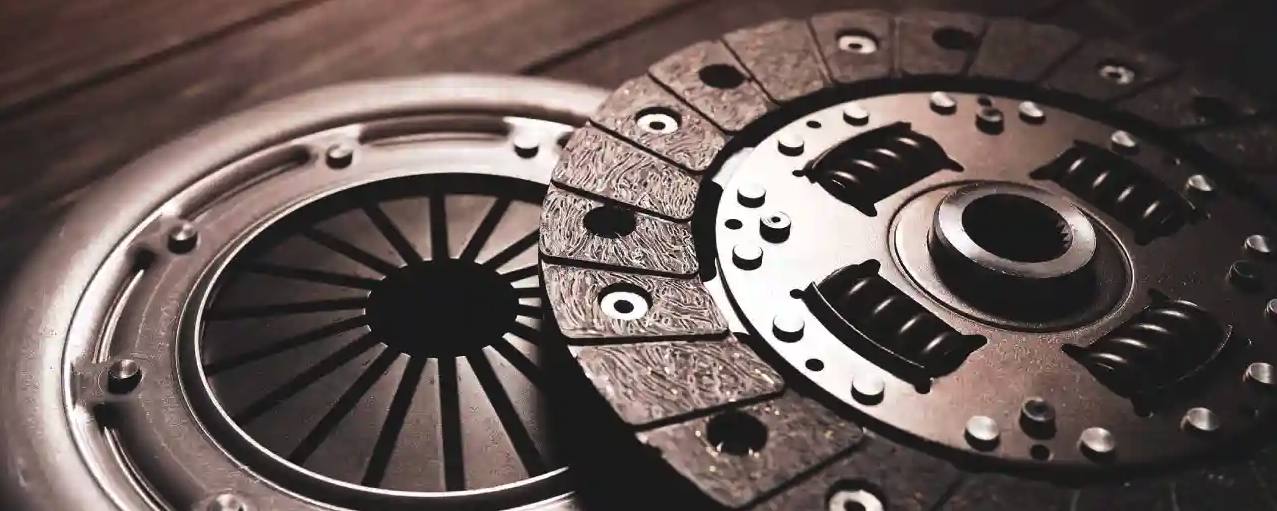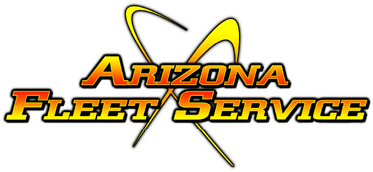Understanding Heavy-Duty Truck Transmissions: Types And Operation

Did you know that nowadays, a whopping eight out of ten trucks in Europe sport automated or automatic transmissions, while the United States lags behind (albeit, not for long) with only three out of ten embracing the wonders of automated manual transmissions (AMTs) and automatic transmissions? With their growing reliability and wealth of benefits, it’s no wonder these transmission types are rapidly gaining popularity globally.
If you’re in the market for a new, flashy Eaton AutoShift or Volvo I-Shift AMT, but you’re still wondering if an automatic transmission would be the better choice or even what gear configuration you should aim for, you’re in the right place. In this blog post, we’ll explore the three main transmission types — manual, automated manual (AMT), and automatic — and shed light on the direct drive vs. overdrive debate.
Manual, Automated Manual, and Automatic Transmissions: The Difference
The heartbeat of your heavy-duty truck lies within its transmission. But what sets each type apart from the others? First, we have manual transmissions, the tried-and-true workhorses of the industry. With their simplicity, reliability, and low acquisition cost, manual transmissions once reigned supreme.
Automated manual transmissions (AMT) are the automated cousins of manual transmissions, combining the best of both worlds — the familiarity of a manual and the convenience of automation. They work by using your truck’s onboard computer to communicate with a system of sensors and actuators that electronically operate the clutch and shifter.
Automatic transmissions, on the other hand, use a torque converter to power the driveline through a fluid coupling, providing seamless power shifts without the need for constant manual input.
Why Manual Transmissions Aren’t As Popular
Once upon a time, manual transmissions were the kings of the heavy-duty trucking world. Their sheer simplicity, reliability, and cost-effectiveness made them the go-to choice for fleets. However, times have changed, and several factors have led to their decline in popularity. A shortage of skilled drivers and the realization that fuel efficiency and reliability are directly related to driver skill for manual transmissions have paved the way for the rise of automated and automatic transmissions.
The Rise of Automated Manual Transmissions
Enter the automated manual transmission (AMT), a game-changer in the trucking industry. With the convenience of automation, new drivers find it easier than ever to operate AMTs, resembling the driving experience of a sports car with paddle shifters. The road becomes smoother as AMTs help drivers keep their eyes on the road, reduce distractions, and minimize physical and mental fatigue associated with manual transmissions. Beyond ease of use, AMTs offer improved shift quality and longer clutch life, making them a cost-efficient choice for fleets. Plus, fuel savings of up to 10% are achievable when comparing AMTs with older conventional drivelines when comparing extreme downspeeding.
Be careful: AMTs aren’t as glorious as you may think. The clutch activation isn’t as smooth in stop-and-go scenarios and you may also experience a loss of momentum during shifting.
The New Kid on the Block: Automatic Transmissions
Automatic transmissions have also stepped into the spotlight, garnering attention for their ease of operation and carefree driving experience. Utilizing advanced technology, automatic transmissions ensure that power to the wheels is never interrupted. Full power shifts provide quick acceleration without the need for constant shifting. The result? Reduced wear on the transmission and clutch, a cushion effect during vehicle launches, and increased vehicle uptime. While they might come with a higher cost and weight and slightly lower fuel efficiency, automatic transmissions offer unmatched convenience and smoothness and are especially useful for stop-and-go applications like snow plows and other heavy equipment.
Direct Drive or Overdrive?
Now that we’ve explored the three transmission types, it’s time to delve into the direct drive vs. overdrive conundrum. But what are they exactly? In a direct drive transmission, power flows straight through in a 1 to 1 relationship between the input and output shafts. On the other hand, overdrives have a faster transmission output shaft speed than the input rotation speed, effectively multiplying torque for a more effortless driving experience.
Direct Drive: Perfect for Lighter On-Highway Hauling
Historically, direct drive configurations are the champion of fuel efficiency in low-speed, light-load situations on flat terrain. With inherently better fuel efficiency than overdrive configurations, direct drive transmissions are ideal for smoother, on-highway hauling with lighter loads. They’re the go-to choice for fleets travelling through flatter landscapes, offering a balance between efficiency and performance.
Overdrive: The Top Dog for Vocational
Enter overdrive, the heavyweight contender for vocational applications. With higher overall ratios, overdrive transmissions provide greater startability and gradeability, making them a perfect fit for hilly routes or off-road ventures. The added application flexibility ensures a smoother resale process compared to direct drive configurations tailored for specific routes. Not to mention, overdrive configurations allow for greater use of downspeeding, propelling even more fuel savings when driving on uneven terrain.
Final Words
There you have it — a comprehensive guide to understanding heavy-duty truck transmissions. We’ve explored the three main types: manual, automated manual, and automatic, and delved into the direct drive vs. overdrive configuration debate. As technology evolves and driver demands change, the world of heavy-duty trucking continues to adapt and innovate. Whether you opt for the simplicity of a manual, the convenience of an AMT, or the smoothness of an automatic, it all depends on the nature of the industry you work in as well as driver experience.
That being said, you’ll still need a professional heavy-duty truck shop that specializes in transmission and clutch service. With proper transmission and clutch care, you’ll be able to reap the benefits of a long-lasting transmission without dipping into your bottom line.
